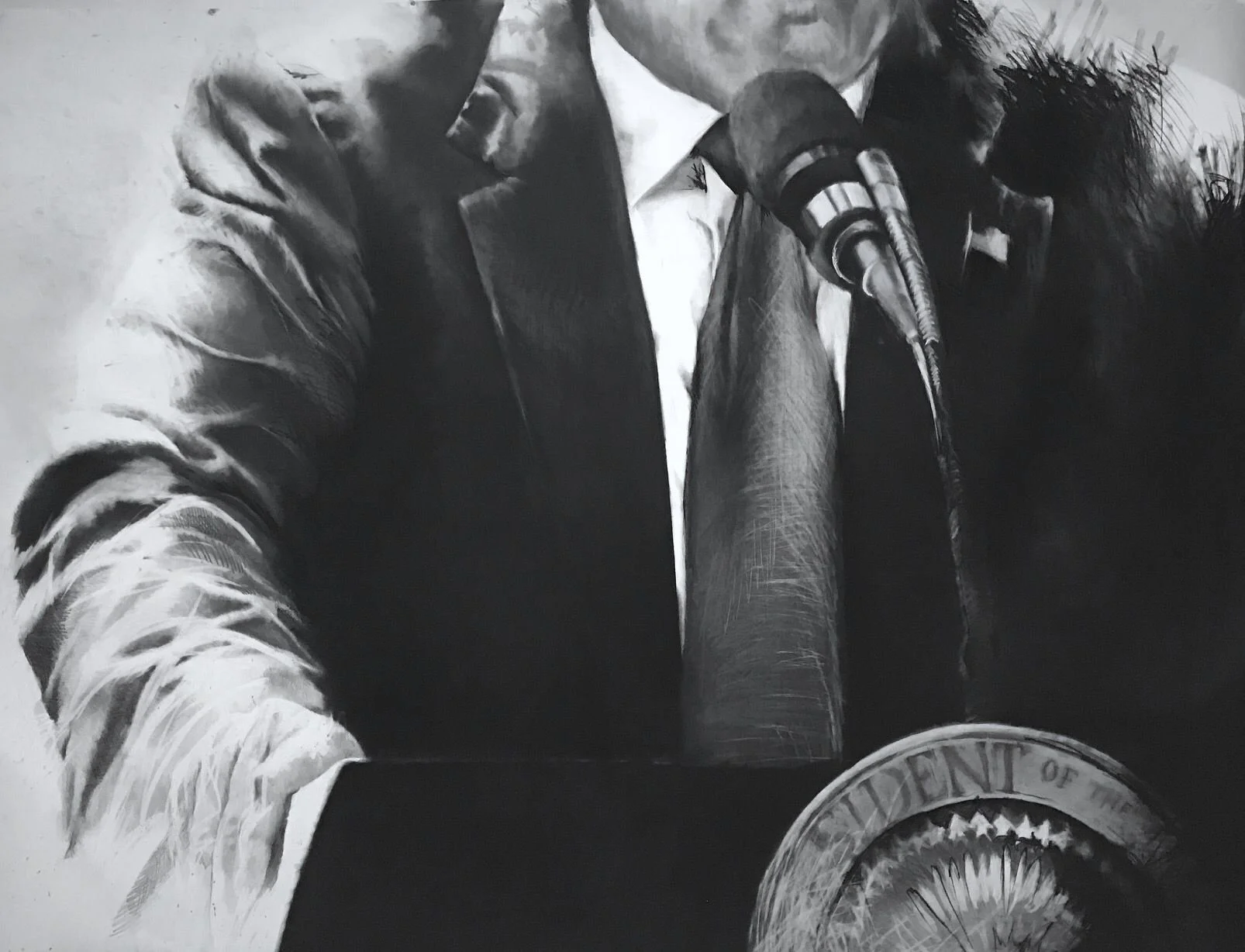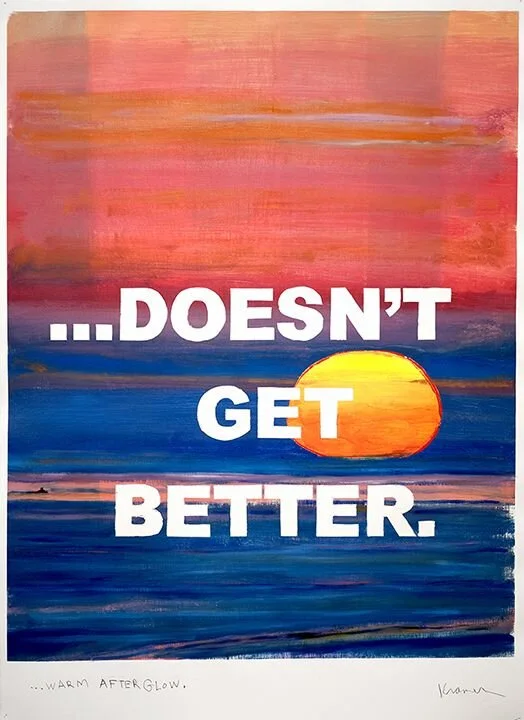James Walsh
‘The Elemental”
New York, 530 West 24th Street
Following in the Modernist tradition, Walsh relentlessly explores the properties and limits of paint and the results of his inquiry are spectacularly wide ranging. Experimenting with innovative acrylic formulas, Walsh produces large masses of pigment that project outward from the surface of the canvas, creating unusual forms in high relief. In some works, the paint is sculptural and three-dimensional, while in others, it rises from richly treated surfaces. Although Walsh makes specific compositional choices, the spontaneous appearance gives his paintings a feeling of the accidental. This exhibition is accompanied by a six-page brochure with an essay written by artist, critic, and historian, Franklin Einspruch.
“Jim's style is something more like an anti-style. A Walsh is recognizable by its dramatic paint effects, usually with one or two veritable tidal waves of acrylic paint on an otherwise placid ocean of color. But formal commonalities end there. The only rule in play is continual reinvention from work to work. This means that color can vary widely, from acidic primaries to foggy neutrals. The applications range from gigantic brushwork to fluid pours. Surface effects include deliberate application of flat color next to mysterious laminations formed by transparent acrylic bases flecked with liquid paint.
It's a truism that reproduction doesn't do justice to good painting, but it's especially apt in Jim's case, as his canvases sometimes have crests of paint several inches thick adorning areas that have been stained, glazed, or scraped down to the cotton. Though hung on the wall and meant to be viewed from the front, many of them have a depth of six or eight inches. Crucial, though, is that Jim is employing the entire depth.
ONWARD NORTH (2018) exemplifies the range. A bulging mass of lime and powder blue intrudes from the left side, abutting an even greater mass with a prickly, tortured surface. A wad of green, orange, brown, and Burnt Sienna pushes up from below, with marks from the tool used for the shove evident as complex scalloping on the picture's surface. The lower right is a quiet, translucent blue beneath which one can see submerged ovals dispersing around the edges. A pearly coating has been poured across the middle and allowed to drip in what is now the upward direction of the painting.
OPEN A (2019)—note the guitar reference—is a simpler affair in which white paint smeared with Ultramarine and aqua pushes around a thick ridge of deliciously flat black in a big, graceful swirl. Hints of ochre, red, and yellow-green push in from the sides, remnants of earlier applications. But even without the numerous revisions of Onward North, he has generated the sort of complexity that one associates with Flemish altarpieces or landscape photography. One can just look and look into them, discovering more.
How to do this has always been a hard problem, and remains one. Lacking Jim's visual acumen and relentless making, abstraction itself offers no clue as to why one would execute any particular pour or smear or scrape at any given point on the rectangle. Too, composition of this much complexity is a gargantuan challenge. Consider Natural (2019), which contains a frosted sweep on the lower half with a coil of candy red poking through, stains of blue, pink, and green on the right, troubled mashes of various colors across the top, and a fat lip of white in the middle. Yet in aggregate, those four regions cooperate as distinct units, and the result is pleasingly simple. It looks like the product of outsize visual genius, and it also looks like there's nothing to it.






